The Properties and types of jade
Jade is a highly valued gemstone, prized for its beauty, cultural significance, and durability. It has been used for thousands of years in jewelry, carvings, and ornamental objects across many cultures, particularly in East Asia and Mesoamerica. Jade is not just one specific mineral but refers to two distinct minerals: Nephrite and Jadeite. Both are considered jade but have different compositions, characteristics, and values.
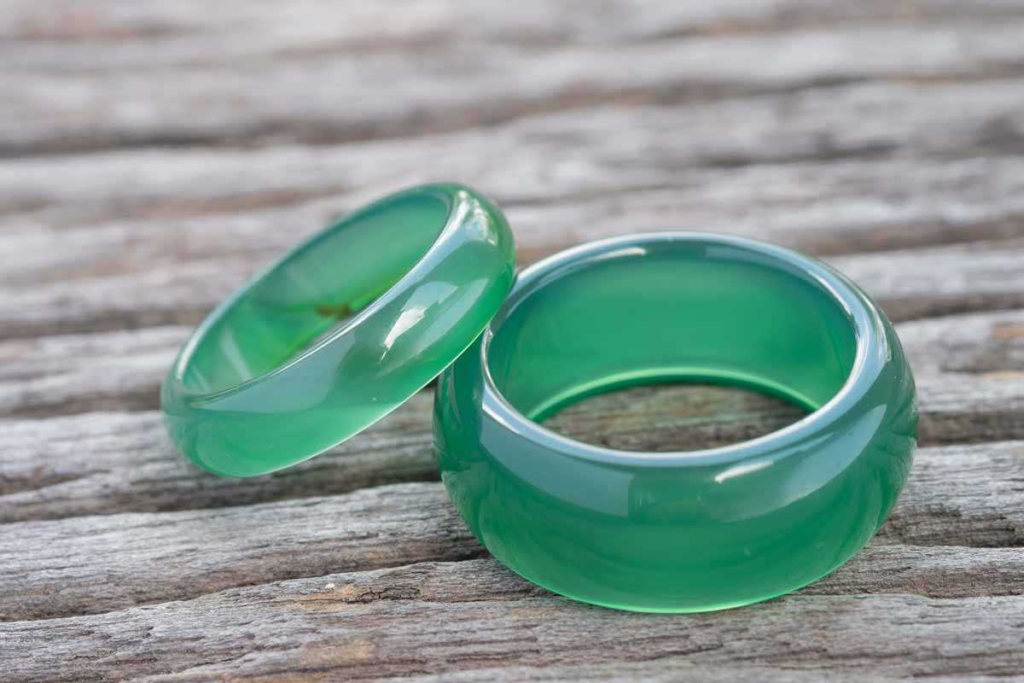
Types of Jade
- Jadeite:
- Chemical Composition: Jadeite is a sodium-aluminum silicate mineral and is the rarer and more valuable form of jade.
- Color: Jadeite occurs in a variety of colors, including green, lavender, yellow, white, black, and even red. The most prized variety is emerald green jadeite, often referred to as “Imperial Jade.”
- Hardness: Jadeite is slightly harder than nephrite, with a Mohs hardness of 6.5 to 7. This gives it a nice balance of durability and ability to be carved finely.
- Value: Jadeite is generally more expensive than nephrite due to its relative rarity and superior color quality. The highest-quality jadeite can fetch very high prices, especially when it exhibits the rich green color and transparency that collectors and jewelers prize.
- Nephrite:
- Chemical Composition: Nephrite is a calcium-magnesium silicate mineral and is more common than jadeite.
- Color: Nephrite jade is typically green but can also appear in shades of gray, white, black, and yellow. The green color comes from iron content in the mineral.
- Hardness: Nephrite has a Mohs hardness of 6 and is somewhat softer than jadeite, making it easier to carve but potentially more susceptible to scratches.
- Value: While nephrite is generally less expensive than jadeite, high-quality nephrite with rich green hues can still be quite valuable, particularly if it is finely carved or has an attractive texture.
Properties of Jade
- Toughness: One of the most remarkable properties of jade is its toughness, or its ability to resist breaking or chipping. While it may not be as hard as some other gemstones (such as sapphire or diamond), jade’s toughness makes it well-suited for carving and creating intricate designs.
- Translucency: High-quality jadeite, especially the prized Imperial Jade, can have a beautiful translucent quality that enhances its depth of color. Nephrite jade, while not typically translucent, can still have a rich, smooth appearance.
- Surface Luster: Both nephrite and jadeite can exhibit a smooth, lustrous surface when polished. Jadeite, in particular, often has a slightly more glassy appearance, while nephrite may appear more waxy or greasy.
Cultural Significance
- China: Jade has a long history in Chinese culture, symbolizing purity, nobility, and immortality. The Chinese have been carving jade for over 5,000 years, using it for everything from ceremonial objects to jewelry. Jade pendants, bracelets, and rings are traditionally worn for good luck and protection. The term “jade” in Chinese is used to describe both nephrite and jadeite, but “Yu” (玉) is the word for jade in Chinese, and it is considered one of the Five Precious Stones (along with gold, silver, pearls, and agate) in Chinese culture.
- Imperial Jade is considered the most prized form of jade in Chinese culture, and jade carvings, especially those created during the Qing Dynasty, have become highly collectible.
- Mesoamerica: In ancient Mesoamerican cultures, particularly the Maya and Olmec, jade was used for ritualistic and ceremonial purposes. They crafted masks, figurines, and jewelry from jade, believing that it had special powers and was linked to immortality. The Maya valued jade more than gold, and it was often associated with the god of rain, Chaac.
- Other Cultures: Jade also holds cultural significance in other regions, such as New Zealand, where it is known as Pounamu or Greenstone, and among Native American tribes in North America.
Uses of Jade
- Jewelry: Jade is widely used in jewelry, including rings, necklaces, bracelets, and earrings. The gemstone’s toughness makes it suitable for both fine and everyday wear. In traditional Chinese jewelry, jade is often worn in bangles, pendants, or beads.
- Carvings and Sculptures: Due to its toughness and workability, jade is highly prized for carving. Jade carvings can range from small decorative objects to large sculptures. These pieces can have intricate designs and are often highly valued as artistic works.
- Ornaments and Tools: In ancient cultures, jade was used to craft ceremonial weapons, tools, and ritual objects. For instance, jade knives or axes were symbols of power and prestige.
Grading and Quality Factors
Jade’s value is determined by several factors, including:
- Color: The richest, most vibrant green jadeite is the most valuable, particularly the rare Imperial Jade, which is a translucent green with an even color distribution. Nephrite jade, while not as vibrant as jadeite, is still valued based on its depth of color.
- Clarity and Translucency: Translucent jadeite with a smooth, even color is highly prized. Nephrite typically has a more opaque appearance, but high-quality nephrite with fewer inclusions can still be valuable.
- Texture: The texture of the jade, whether it is fine-grained and smooth or more coarse, can affect its quality. A smoother texture is often preferred for carving and polishing.
- Size: Larger pieces of jade, particularly jadeite, are more valuable. However, even small pieces can be highly prized if they exhibit exceptional color and clarity.
- Craftsmanship: Jade is often carved into intricate and detailed shapes. The quality of the carving, as well as the level of artistry involved, can significantly affect the value of jade jewelry or ornamental pieces.
Treatment of Jade
- Dyed Jade: Some jade, particularly lower-quality nephrite, may be dyed to enhance its color. The dye is usually absorbed into the surface of the jade and can affect its value. Genuine jade that is dyed may still be sold as jade, but it is important to be able to distinguish between treated and untreated jade.
- Jadeite vs. Nephrite: While both jadeite and nephrite are considered jade, jadeite is generally more valuable. However, nephrite jade is still considered a precious stone, especially when it is of high quality and comes from well-known regions.
- Imitations: There are also synthetic and imitation forms of jade, including glass imitations, polymer-impregnated jade, and treated jade, which may not have the same value as natural jade. Synthetic jade can sometimes be difficult to differentiate from natural jade without careful testing.
Caring for Jade
Jade is durable but should still be cared for to maintain its luster and beauty. Here are some tips for caring for jade:
- Cleaning: Use a soft, damp cloth to gently clean jade jewelry. Avoid harsh chemicals, abrasive cleaners, or ultrasonic cleaning, which can damage the surface of the stone.
- Storage: Store jade jewelry separately from other gemstones to prevent scratches. It’s best to keep jade in a soft cloth pouch or a padded jewelry box.
- Avoiding Impact: Although jade is tough, it can still chip or fracture if struck forcefully. It’s important to handle jade carefully, especially when wearing it during physical activities.
Conclusion
Jade is a gemstone that holds deep cultural, historical, and aesthetic significance. Whether in the form of luxurious jewelry, intricate carvings, or ritualistic artifacts, jade has captivated humanity for millennia. Jadeite, the rarer and more valuable type, is prized for its vibrant color and translucency, while nephrite, though more common, is still highly regarded for its toughness and beauty. Whether you are drawn to jade for its aesthetic appeal or its rich cultural symbolism, it remains one of the most revered gemstones in the world.
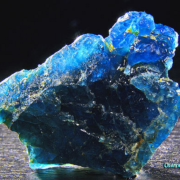
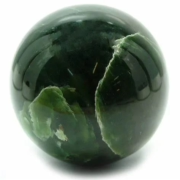
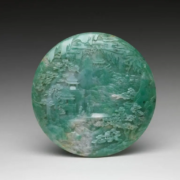
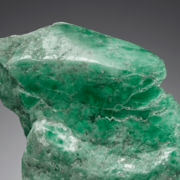
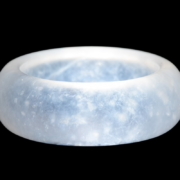
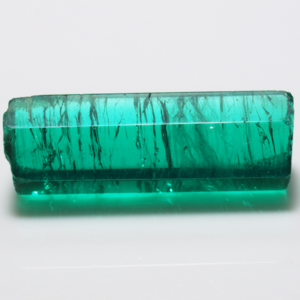

Leave a Reply
Want to join the discussion?Feel free to contribute!